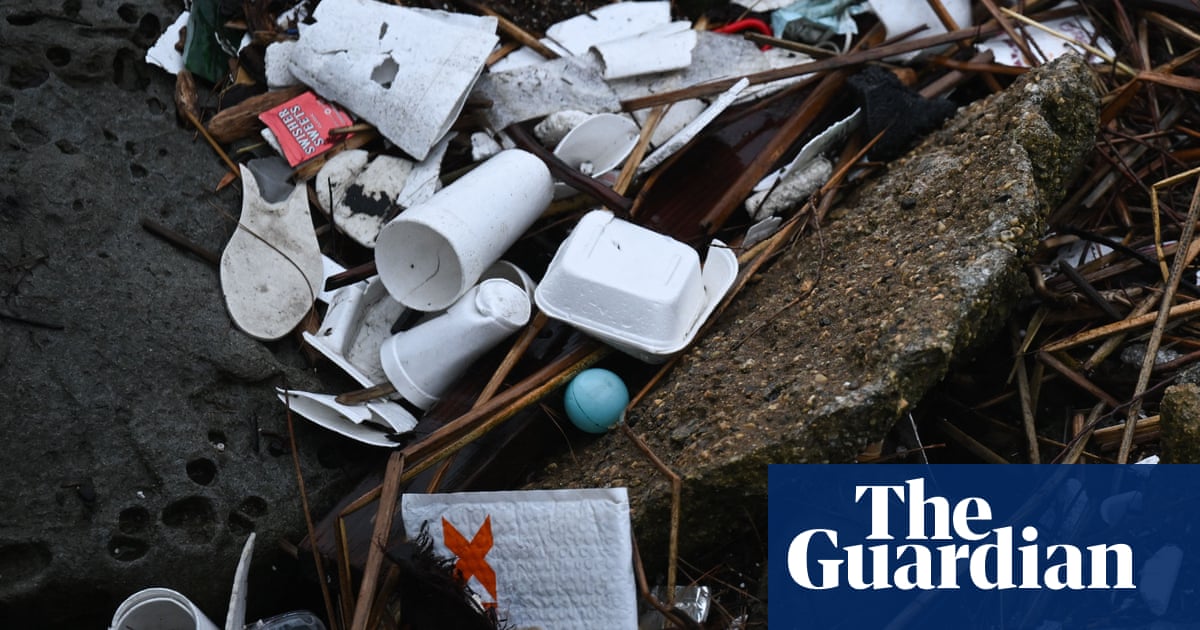A sponge made of cotton and squid bone that has absorbed about 99.9% of microplastics in water samples in China could provide an elusive answer to ubiquitous microplastic pollution in water across the globe, a new report suggests.
Just as importantly, the filter’s production appears to be scalable, the University of Wuhan study authors said in the paper, which was peer-reviewed and published in the journal Science Advances. That would address a problem that has stymied the use of previous microplastic filtration systems that were successful in controlled settings, but could not be scaled up.
If it is successfully deployed on a larger scale in forthcoming research, the filter could change the course of one of the world’s most serious public health crises.
“Microplastic remediation in aquatic bodies is essential for the entire ecosystem, but is challenging to achieve with a universal and efficient strategy,” the study’ authors wrote in the paper.
So we’re gonna sacrifice a bunch of squid to manage our mistake because you know we aren’t giving up plastic anytime soon.
It’s ok, we’ll create aquatic spiders to fill the environmental niche. Then we’ll engineer robotic cats to stop the spiders when they destroy their biome. The robotic cats will be eliminated through a virus that targets their bio processors. Then we’ll breed a super bacteria to eat the remains of the rapidly mutating virus.
That’s the beautiful part. When wintertime rolls around, the gorillas simply freeze to death.
Why do all that? Too many steps. Lets just skip straight to the end goal and terraform the whole Solar System populating the planets and moons with genetically modified cats that upload videos of themselves on whatever social media they create.
Squids have bones?
No, cuttlefish have. Dunno why they called it
octopussquid.EDIT: confused octopus with squid.
Do Squid Have Bones?
Squids are fascinating marine animals that belong to the class Cephalopoda. They are known for their unique body structure, which includes a soft mantle, eight arms, and two longer tentacles. But one question that often arises when discussing squids is whether or not they have bones.
Unlike most vertebrates, squids are invertebrates, which means they do not have a backbone or any internal skeleton.
However, they do have a hard structure called a pen or gladius, which is located inside their mantle. The pen is made of chitin, a tough and flexible material that also makes up the exoskeleton of other invertebrates like insects and crustaceans.
The pen serves several purposes, including providing support for the squid’s mantle and acting as a site for muscle attachment.
While it is not technically a bone, it serves a similar function and is often referred to as the squid’s “internal shell.” It is worth noting that not all cephalopods have a pen, and some species have evolved different structures to serve similar purposes. For example, the colossal squid has a unique “chitin shield” that covers its mantle.
This goes right to the top of my list for ridiculous posts. I guess we can stop worrying about plastic production. LOL
RIP squid population
Why not both? Stop future production and remove what’s already out there






